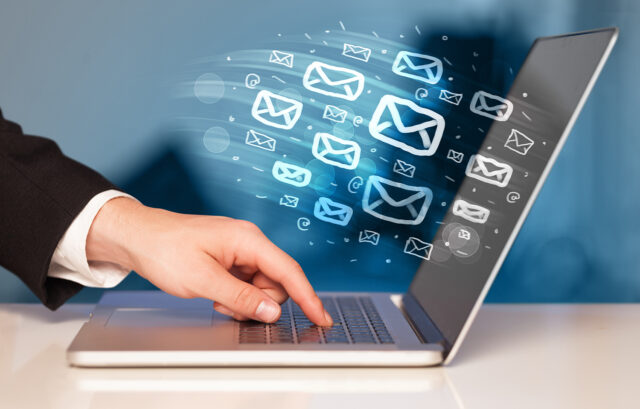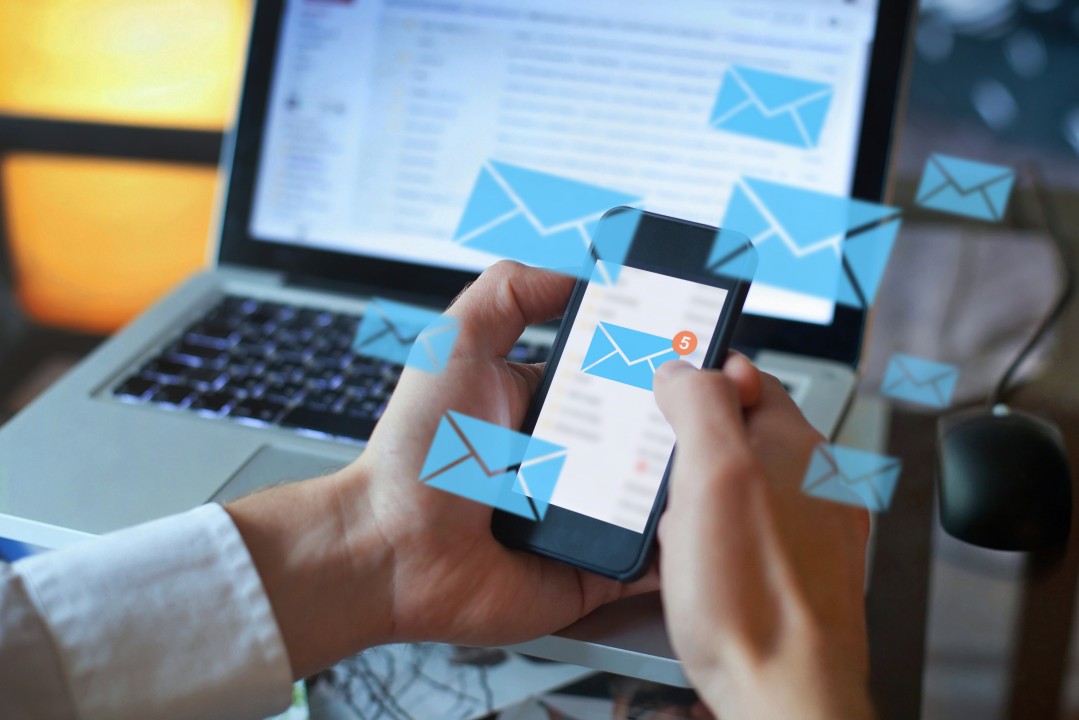Email marketing remains one of the most effective digital marketing strategies, offering businesses a direct line of communication with their audience. However, the key to successful email marketing lies not just in sending out emails but in sending the right emails to the right people. This is where email segmentation comes into play. By dividing your email list into smaller, more targeted groups, you can deliver personalized content that resonates with each segment. Here’s a closer look at the role of email segmentation in digital marketing.

Table of Contents
Toggle1. Enhanced Personalization
Email segmentation allows for a higher level of personalization in your marketing efforts. By categorizing your audience based on demographics, behavior, purchase history, and preferences, you can tailor your messages to meet their specific needs. Personalized emails are more likely to engage recipients, leading to higher open and click-through rates.
For example, if you run an online clothing store, you can segment your email list by customer preferences (e.g., men’s, women’s, or kids’ clothing) and send tailored recommendations. This personalized approach makes recipients feel valued and understood, increasing the likelihood of conversion.
2. Improved Engagement Rates
Segmentation leads to improved engagement rates as subscribers receive content that is relevant to them. When emails are tailored to the interests and behaviors of specific groups, recipients are more likely to open, read, and click on the content.
Research shows that segmented campaigns can lead to significantly higher open rates and click-through rates compared to non-segmented campaigns. This increased engagement not only boosts the performance of individual campaigns but also contributes to better overall relationships with your subscribers.
3. Higher Conversion Rates
When emails are relevant and personalized, conversion rates naturally improve. By sending targeted offers, promotions, or product recommendations based on a subscriber’s past interactions or preferences, you increase the likelihood of them making a purchase.
For instance, if a customer previously purchased a smartphone, sending them an email about accessories or related products can drive additional sales. Segmenting your audience based on their purchasing behavior helps create tailored offers that resonate and drive conversions.
4. Reduced Unsubscribes and Spam Reports
One of the challenges marketers face is managing unsubscribe rates and spam complaints. When subscribers receive irrelevant content that doesn’t align with their interests, they are more likely to opt out or mark emails as spam.
Email segmentation helps mitigate this issue by ensuring that recipients receive only the emails that are pertinent to them. As a result, this reduces unsubscribe rates and spam complaints, leading to a healthier email list and better deliverability rates.
5. Better Customer Insights
Segmenting your email list can provide valuable insights into your audience’s behavior and preferences. By analyzing how different segments respond to various campaigns, you can identify trends and adjust your marketing strategies accordingly.
For example, if one segment consistently responds well to promotional offers, while another prefers informative content, you can tailor future campaigns to cater to these preferences. This data-driven approach enhances your overall marketing strategy and helps optimize your efforts.
6. Targeted Campaigns and Promotions
Email segmentation enables you to run targeted campaigns that cater to specific groups within your audience. This can be particularly effective for promotions, product launches, or seasonal offers.
For instance, you might create a segment of loyal customers who have made multiple purchases and offer them exclusive early access to a new product line. Conversely, you could target new subscribers with a welcome series that introduces them to your brand. These targeted campaigns lead to more relevant messaging and a higher likelihood of conversion.
7. A/B Testing Opportunities
Segmentation opens up opportunities for A/B testing within your email marketing campaigns. By creating different segments, you can test various subject lines, content formats, or calls-to-action to see what resonates best with each group.
This testing not only helps improve individual campaign performance but also provides insights that can be applied across your broader email marketing strategy.
Conclusion
Email segmentation is a powerful tool in digital marketing that allows businesses to deliver personalized, relevant content to their audience. By enhancing personalization, improving engagement rates, increasing conversion rates, and providing valuable customer insights, email segmentation can significantly impact your overall marketing success. As the digital landscape continues to evolve, implementing effective segmentation strategies will be essential for staying competitive and building lasting relationships with your subscribers. Embrace the power of email segmentation to optimize your campaigns and drive better results in your digital marketing efforts.


No responses yet